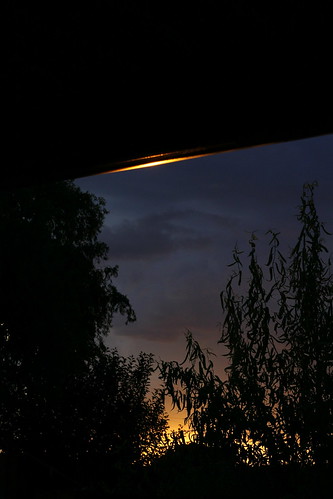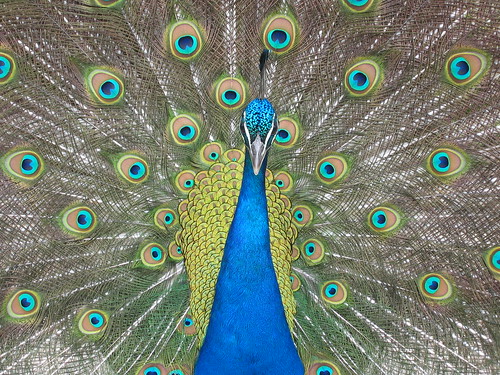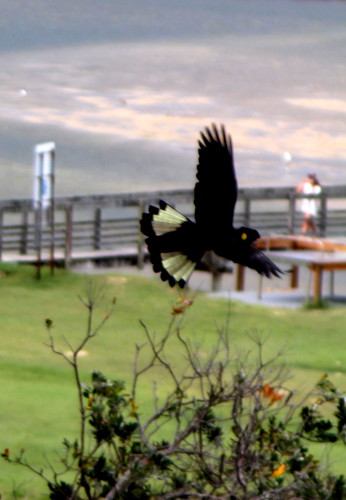
The Seven Lords .. Tablet Seven. (Thoth)
Hark ye O man, and list to my Voice.
Open thy mind-space and drink of my wisdom.
Dark is the pathway of LIFE that ye travel.
Many the pitfalls that lie in thy way.
Seek ye ever to gain greater wisdom.
Attain and it shall be light on thy way.
Open thy SOUL, O man, to the Cosmic
and let it flow in as one with thy SOUL.
LIGHT is eternal and darkness is fleeting.
Seek ye ever, O man, for the LIGHT.
Know ye that ever as Light fills thy being,
darkness for thee shall soon disappear.
Open thy souls to the BROTHERS OF BRIGHTNESS.
Let them enter and fill thee with LIGHT.
Lift up thine eyes to the LIGHT of the Cosmos.
Keep thou ever thy face to the goal.
Only by gaining the light of all wisdom,
art thou one with the Infinite goal.
Seek ye ever the Oness eternal.
Seek ever the Light into One.
Hear ye, O man, list to my Voice
singing the song of Light and of Life.
throughout all space, Light is prevalent,
encompassing ALL with its banners of flames.
Seek ye forever in the veil of the darkness,
somewhere ye shall surely find Light.
Hidden and buried, lost to man's knowledge,
deep in the finite the Infinite exists.
Lost, but existing,
flowing through all things,
living in ALL is the INFINITE BRAIN.
In all space, there is only ONE wisdom.
Through seeming decided, it is ONE in the ONE.
All that exists comes forth from the LIGHT,
and the LIGHT comes forth from the ALL.
Everything created is based upon ORDER:
LAW rules the space where the INFINITE dwells.
Forth from equilibrium came the great cycles,
moving in harmony toward Infinity's end.
Know ye, O man, that far in the space-time,
INFINITY itself shall pass into change.
Hear ye and list to the Voice of Wisdom:
Know that ALL is of ALL evermore.
Know that through time thou may pursue wisdom
and find ever more light on the way.
Know that through time thou may pursue wisdom
and find ever more light on the way.
Aye, thou shall find that ever receding,
thy goal shall elude thee from day unto day.
Long time ago, in the HALLS OF AMENTI,
I, Thoth, stood before the LORDS of the cycles.
Mighty, THEY in their aspects of power;
mighty, THEY in the wisdom unveiled.
Led by the Dweller, first did I see them.
But afterwards free was I of their presence,
free to enter their conclave at will.
Oft did I journey down the dark pathway
unto the HALL where the LIGHT ever glows.
Learned I of the Masters of cycles,
wisdom brought from the cycles above.
Manifest THEY in this cycle
as guides of man to the knowledge of ALL.
Seven are they, mighty in power,
speaking these words through me to men.
Time after time, stood I before them
listening to words that came not with sound.
Once said THEY unto me:
O man, wouldst thou gain wisdom?
Seek for it in the heart of the flame.
Wouldst thou gain knowledge of power?
Seek ye it in the heart of the flame.
Wouldst be one with the heart of the flame?
Seek then within thine own hidden flame.
Many the times spoke THEY to me,
teaching me wisdom not of the world;
showing me ever new paths to brightness;
teaching me wisdom brought from above.
Giving knowledge of operation,
learning of LAW, the order of ALL.
Spoke to me again, the Seven, saying:
From far beyond time are WE, come, O man,
Traveled WE from beyond SPACE-TIME,
aye, from the place of Infinity's end.
When ye and all of thy brethren were formless,
formed forth were WE from the order of ALL.
Not as men are WE,
though once WE, too, were as men.
Out of the Great Void were WE formed forth
in order by LAW.
For know ye that which is formed
truly is formless, having form only to thine eyes.
And again, unto me spoke the Seven, saying:
Child of the LIGHT, O THOTH, art thou,
free to travel the bright path upward
until at last ALL ONES become ONE>
Forth were WE formed after our order:
THREE, FOUR, FIVE, SIX, SEVEN, EIGHT--NINE.
Know ye that these are the numbers of cycles
that WE descend from unto man.
Each having here a duty to fulfill;
each having here a force to control.
Yet are we ONE with the SOUL of our cycle.
Yet are WE, too, seeking a goal.
Far beyond man's conception,
Infinity extends into a greater than ALL.
There, in a time that is yet not a time,
we shall ALL become ONE
with a greater than ALL.
Time and space are moving in circles.
Know ye their law, and ye too, shall be free.
Aye, free shall ye be to move through the cycles--
pass the guardians that dwell at the door.
Then to me spoke HE of NINE saying:
Aeons and aeons have I existed,
knowing not LIFE and tasting not death.
For know ye. O man, that far in the future,
life and death shall be one with the ALL.
Each so perfected by balancing the other
that neither exists in the Oneness of ALL.
In men of this cycle, the life force is rampant,
but life in its growth becomes one with them ALL.
Here, I manifest in this your cycle,
but yet am I there in your future of time.
Yet to me, time exists not,
for in my world time exists not,
for formless are WE.
Life have WE not but yet have existence,
fuller and greater and freer than thee.
Man is a flame bound to a mountain,
but WE in our cycle shall ever be free.
Know ye, O man, that when ye have progressed
into the cycle that lengthen above,
life itself will pass to the darkness
and only the essence of Soul shall remain.
Then to me spoke the LORD of the EIGHT saying:
All that ye know is but part of little.
Not as yet have ye touched on the Great.
Far out in space where LIGHT beings supreme,
came I into the LIGHT.
Formed was I also but not as ye are.
Body of Light was my formless form formed.
Know I not LIFE and know I not DEATH,
yet master am I of all that exists.
Seek ye to find the path through the barriers.
Travel the road that leads to the LIGHT.
Spoke again to me the NINE saying:
Seek ye to find the path to beyond.
Not impossible is it to grow
to a consciousness above.
For when TWO have become ONE
and ONE has become the ALL,
know ye the barrier has lifted,
and ye are made free of the road.
Grow thou from form to the formless.
Free may thou be of the road.
Thus, through ages I listened,
learning the way to the ALL.
Now Lift I my thoughts to the ALL-THING.
List ye and hear when it calls.
O LIGHT, all pervading,
One with ALL and ALL with ONE,
flow thou to me through the channel.
Enter thou so that I may be free.
Make me One with the ALL-SOUL,
shining from the blackness of night.
Free let me be of all space-time,
free from the Veil of the night.
I, a child of LIGHT, command:
Free from the darkness to be.
Formless am I to the Light-Soul,
formless yet shining with light.
Know I the bonds of the darkness
must shatter and fall before light.
Now give I this wisdom.
Free may ye be, O man,
living in light and in brightness.
Turn not they face from the Light.
Thy soul dwells in realms of brightness.
Ye are a child of the Light.
Images @ Eminpee Fotography



